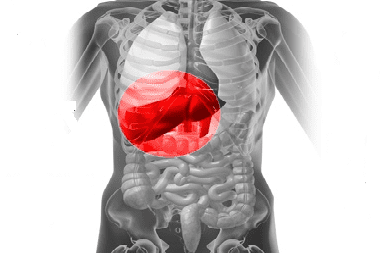Infectious diseases >>>> Hepatitis A - signs and treatment
Hepatitis A - signs and treatment.

Hepatitis A (in everyday life it is called "jaundice" or "disease of dirty hands") is a disease of viral etiology, transmitted mainly by the fecal - oral route from person to person. The hepatitis A virus is stable in the external environment. The source of the virus is human feces (this is how the virus is excreted from the body into the external environment).
Violation of hygiene standards leads to the fact that the virus from feces enters food, household items, drinking water and further into the oral cavity. Oral transmission is not considered, and transmission of the virus from mother to fetus is impossible due to the insurmountability of the placental barrier by the hepatitis A virus.
With viral hepatitis A, the liver suffers. The forms of manifestation of hepatitis A disease are different (icteric, anicteric). Symptoms of the manifestation of the disease can be hidden or blurred. A sick person presents the greatest degree of danger of the spread of the virus before the appearance of yellowness of the skin, which makes it possible, without having an idea of the existence of the disease, to contact the sick with a group of healthy people.
Signs of hepatitis A are similar to disorders of the digestive system (diarrhea, abdominal pain, fever, general malaise).
Treatment of viral hepatitis A does not involve taking specific antiviral drugs. The immune system deals with the virus itself and produces antibodies thereto that prevents subsequent disease hepatitis A virus.
To date, the epidemiological danger of the hepatitis A virus in developed countries has been reduced. The danger is posed by areas inhabited by the poorest strata of the population with unsettled living conditions (lack of water, sewage, high population density). A vaccine has been developed to prevent infection with the hepatitis A virus.

Read

Read



























